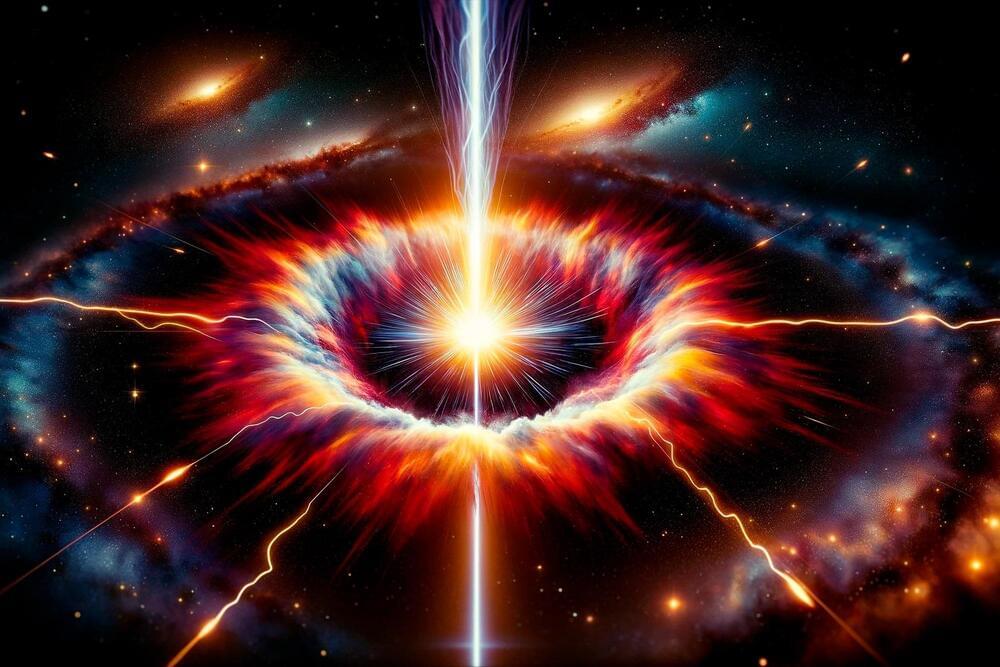In 2022, scientists from Northwestern University presented novel observational data indicating that long gamma-ray bursts (GRBs) might originate from the collision of a neutron star with another dense celestial body, such as another neutron star or a black hole — a finding that was previously believed to be impossible.
Now, another Northwestern team offers a potential explanation for what generated the unprecedented and incredibly luminous burst of light.
After developing the first numerical simulation that follows the jet evolution in a black hole — neutron star merger out to large distances, the astrophysicists discovered that the post-merger black hole can launch jets of material from the swallowed neutron star.










Comments are closed.